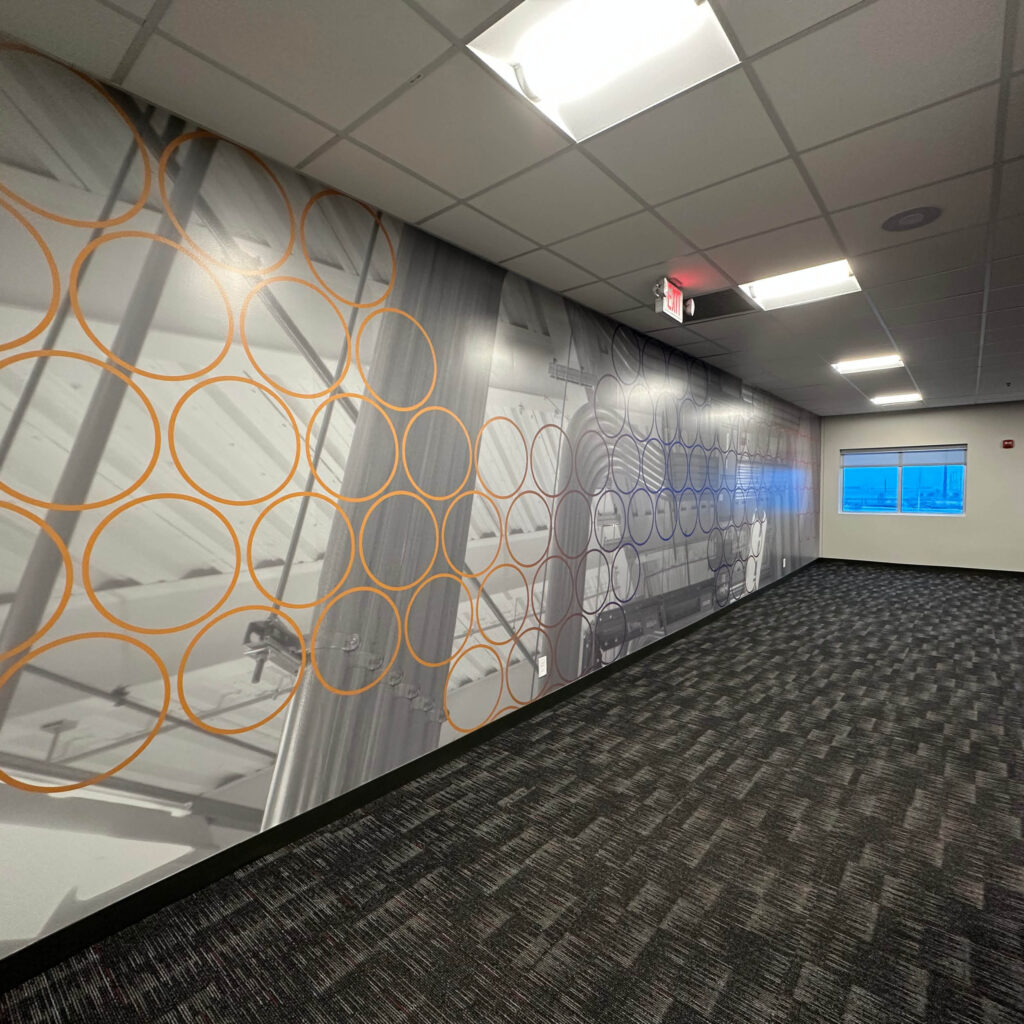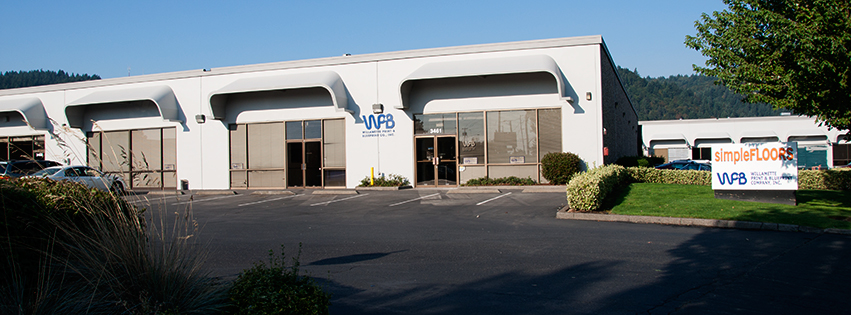10 Strategies to Entice Employees Back to the Office

Despite pleas from politicians and employers that workers return to the office to restore normal operations and reinvigorate downtowns, only 40% of the workforce in larger American metropolitan areas have returned. Remote and hybrid work is favored by almost 80% of U.S. employees who want to work from home at least one day per week.
In addition, economists estimate that, as a legacy of the pandemic and decentralization, 50% of the workforce will work remotely or in a hybrid manner in the future.
The persistence of the remote or hybrid work model has prompted companies to rethink their approach to office-based work. Curating an appealing, experiential office culture with a focus on interpersonal socializing will become even more important as efforts to draw workers to the office continue.
Here are some strategies to help bring employees back into the office:
Communicate the Value of In-Person Work
Use internal marketing to highlight the benefits of in-person collaboration, such as building stronger team connections, spontaneous brainstorming sessions, and real-time feedback that can lead to better innovation and learning opportunities.
Rebrand the Office Space
Treat the office like a product that needs branding. Develop a compelling value proposition for the office that emphasizes aspects such as community, culture, and career development opportunities that are harder to replicate remotely.
Enhance the Physical Environment
Office Design: Custom wall décor can help create a variety of workspaces that cater to different tasks and preferences, such as quiet zones, collaboration hubs, and relaxation areas.
Amenities: Add high-value amenities like a gym, daycare, or upgraded lounges and cafes. You can also brighten existing facilities with wall graphics.
Health and Wellness: Implement wellness programs and design elements that promote mental and physical health, like standing desks, ergonomic furniture, and spaces for meditation or napping. Studies have shown that bringing nature into a space—even photos of nature—has a positive effect on employee morale.
Community and Socializing
Organize in-office events and social gatherings that are genuinely interesting or beneficial for employees, encouraging them to build relationships and network internally.
Professional Development
Host in-office workshops, training sessions, and speaker events that are exclusive to the office setting, providing employees with a tangible benefit to being onsite.
Recognition and Rewards
Introduce recognition programs that celebrate employees’ contributions in the office. This could range from simple thank-yous to more structured reward systems.

Inclusive Culture
Develop and highlight a culture that supports diversity, equity, and inclusion. Representation and fair treatment in the office can be a strong incentive.
Technology and Tools
Ensure the office has the latest technology and tools that may not be available to employees at home, which can make certain types of work more efficient and enjoyable.
Communicate Success Stories
Share stories of teams or individuals who have benefited from working in the office through internal channels. Highlight company mentorship programs or team collaborations.
Environmental Considerations
For some employees, a company’s environmental values are important. Ensure the office is sustainable and communicate this to employees, such as by using green materials, reducing waste, or implementing energy-saving measures.
By aligning the office experience with employees’ overall life and career goals, companies can create a compelling reason for staff to enjoy and even prefer working from the office. The key is to make the office not just a place of work, but a hub of growth, well-being, and community that is difficult to replicate in a home environment.

